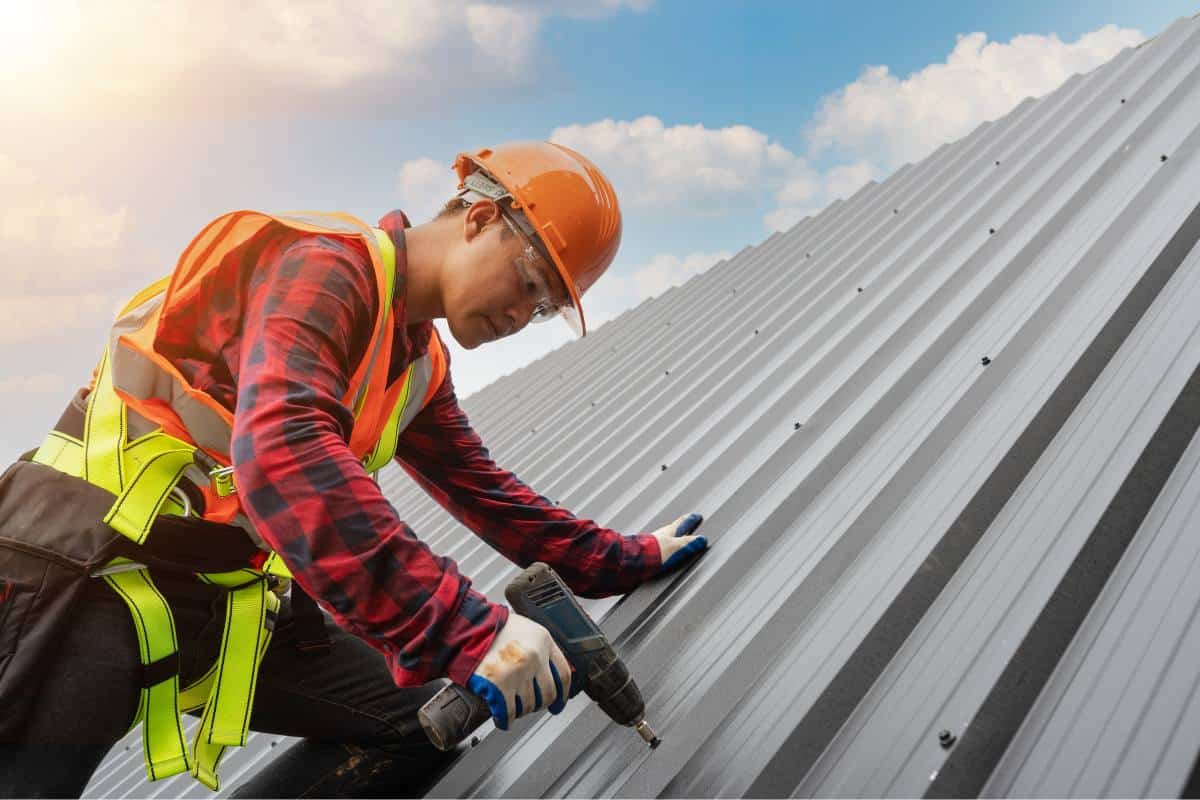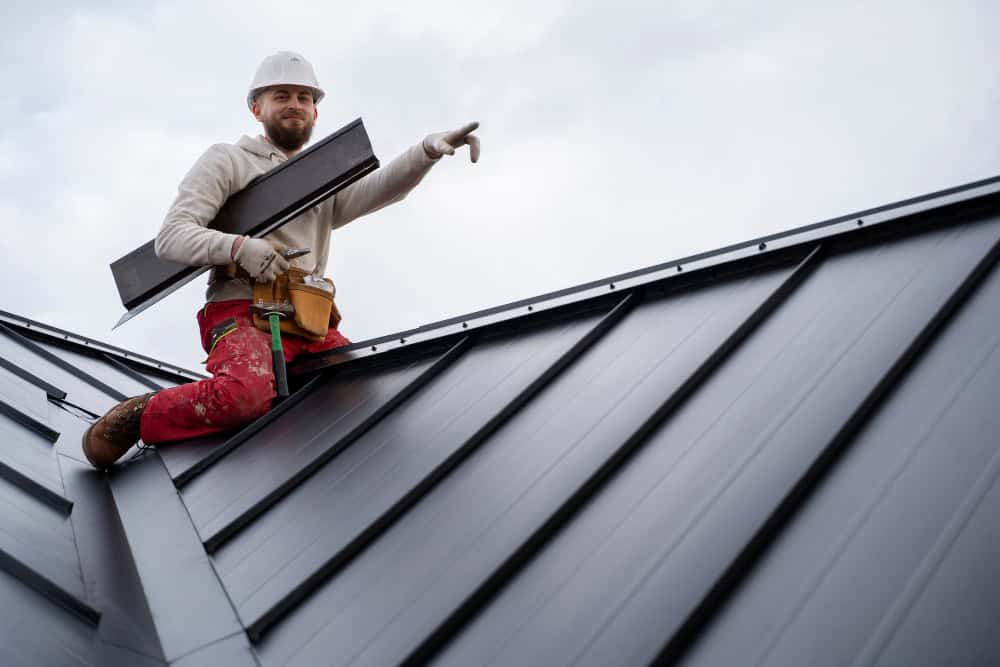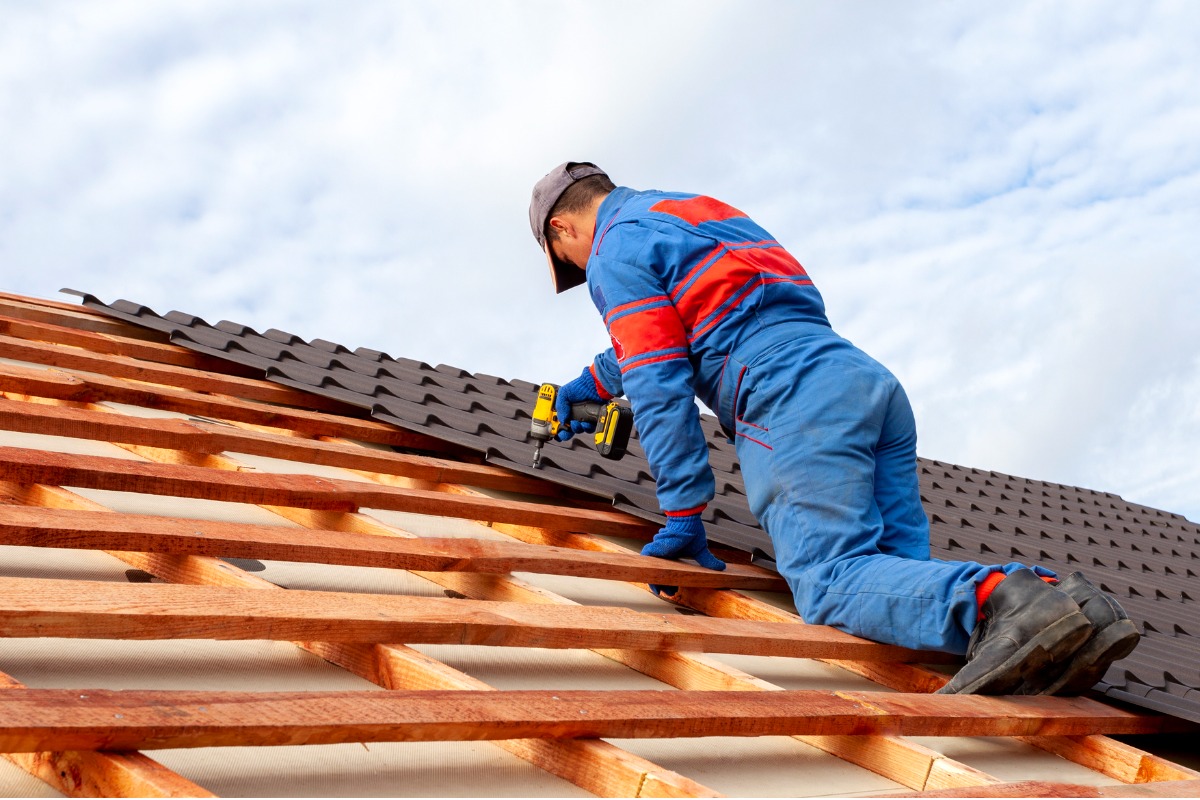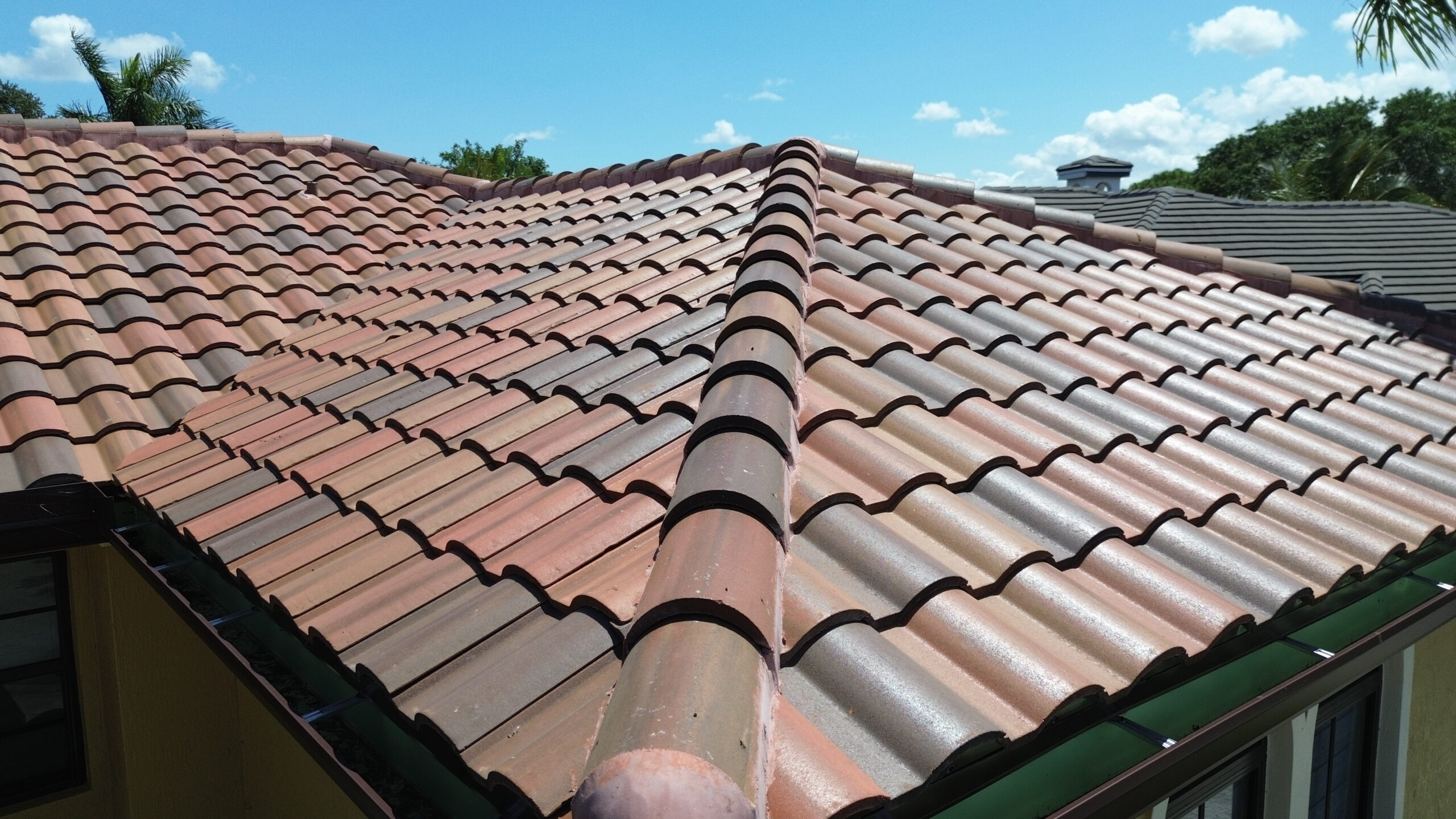You don’t need to climb a ladder right away to notice warning signs. Look for missing or displaced shingles. High winds can tear shingles right off the roof, or loosen them enough that they slide out of place. Missing shingles leave the underlayment and roof decking exposed, making it easier for water to infiltrate the system the next time it rains. Even shingles that look intact may be cracked, curled, or lifted, especially if they’re aging or poorly fastened.
Storms involving hail present their own risks. Hail impact often leaves behind subtle dents or bruises in asphalt shingles that aren’t easy to spot unless you’re looking closely. These small craters can cause granule loss, which shortens the life of the shingle and reduces its effectiveness in shielding your home from UV rays and water. Metal components, like flashing or vents, may show visible pockmarks from hailstones, which is a clear indicator that other parts of your roof may have been compromised as well.
Another exterior area to examine is your gutters. If you notice a buildup of granules—tiny, sand-like particles—in your gutter channels or at the base of your downspouts, your shingles may be shedding their protective layer. While some granule loss is expected over time, an excessive amount after a storm often signals impact damage from wind or hail. Gutters themselves may also have pulled away from the edge of the roof due to wind or water pressure, creating new entry points for moisture.
If your home has a chimney, skylight, or other rooftop penetration, inspect the flashing around these areas as well. Flashing is often made of thin metal and can be easily bent, cracked, or peeled away during a storm. Once flashing is damaged or lifted, water can leak into your home, even if the surrounding shingles appear undisturbed. Flashing failures often lead to slow-developing leaks that may not become noticeable until mold or interior damage becomes visible.
While checking your yard and surroundings, take note of fallen tree limbs or debris on or near your roof. Heavy branches can dent or puncture the roof, even if the damage isn’t immediately apparent. Sometimes the weight of a branch compromises the structural integrity of the roof without tearing through it entirely. Debris can also clog your gutters, causing water to back up and seep under the edge of your roofing materials.
Once you’ve taken stock of the exterior, move indoors. The attic is often where the earliest signs of roof damage appear. With a flashlight, look for signs of water intrusion, such as wet insulation, stained wood, or active drips. You may also notice the musty smell of dampness or mold, especially if the damage occurred during an extended period of rain. Light seeping through the roof boards is another indicator that shingles or flashing have been damaged or displaced.
Even if you don’t have attic access, signs of water damage can still appear inside the living spaces of your home. Discoloration on ceilings or walls, bubbling paint, or warped drywall can all be linked to roof leaks. If you notice new water spots following a storm, it’s wise to trace the source back to the roof. Remember that water can travel along beams and walls, so the source of a leak may be located several feet away from the stain itself.
Windows and doors may also be affected by storm-related roof damage. If they suddenly begin sticking or won’t close properly, it may be a sign that the home’s structure has shifted slightly due to roof compromise. Wind pressure and water saturation can subtly warp the shape of your roof or ceiling joists, creating tension in the frame of the house.
In addition to the structure of the roof, your roofing materials may contain soft spots or sagging areas that aren’t immediately visible. If the roof feels spongy or unstable when gently pressed—whether by foot or from within the attic—it could mean that water has been trapped beneath the surface, saturating the decking. A spongy roof often signals rot or serious water damage that needs immediate repair before it worsens.
Storm damage may also result in exposed nails or fasteners that have popped up from the surface of the roof. This creates an opening where water can sneak in. If you spot any nails sticking out of the roofing material or lying on the ground below, it’s a strong sign that your shingles or other components have shifted during the storm.
If your home experienced a severe storm involving tornados, hurricanes, or prolonged heavy winds, there’s also a chance that the storm compromised the roof’s framing or support system. This level of damage may not be visible to the untrained eye but can lead to serious structural issues. In those cases, it’s essential to call in a licensed roofing contractor or structural engineer to evaluate the full extent of the damage.
Even when the storm seems to have passed with minimal impact, problems can still emerge weeks or months later. A small puncture, hairline crack, or loose shingle can eventually develop into a leak under the right conditions. That’s why many roofing professionals recommend having a full inspection after any significant weather event. Inspections often uncover hidden damage that can be addressed affordably before it turns into a larger, costlier issue.
Insurance can play an important role after a storm. If you suspect damage, it’s a good idea to document everything you see with photos and notes before making any repairs. This information can support your claim with your homeowner’s insurance company. Many policies cover storm-related roof damage, but adjusters will need clear evidence. Waiting too long to report or repair damage may also reduce your chances of getting coverage, as some insurers may argue that negligence allowed the problem to worsen.






